The Woman by Kristina Rungano
Kristina Rungano’s “The Woman” is about women’s life in Zimbabwe’s rural scene. It describes how a woman performs her duties relentlessly.
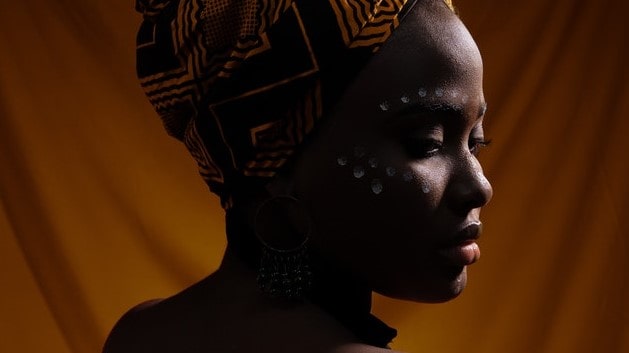
Kristina Rungano’s “The Woman” is about women’s life in Zimbabwe’s rural scene. It describes how a woman performs her duties relentlessly.
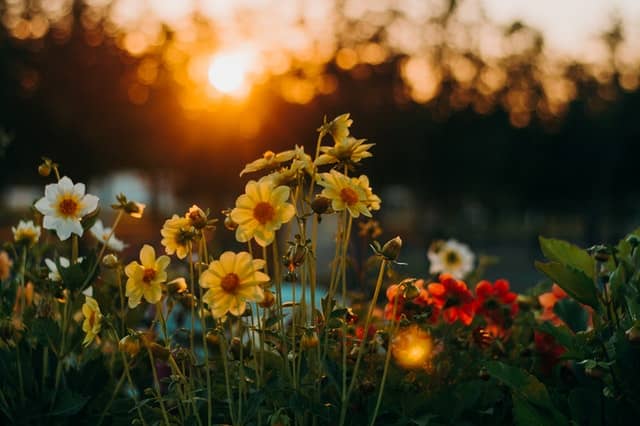
Sophie Jewett’s poem “Across the Border” is about a place called “fairyland” where trees bear golden flowers and birds have feathers white as snow.

Joy Harjo’s poem “Crossing the Border” is about some Indians who are crossing the Detroit-Windsor border to enter Canada at midnight.
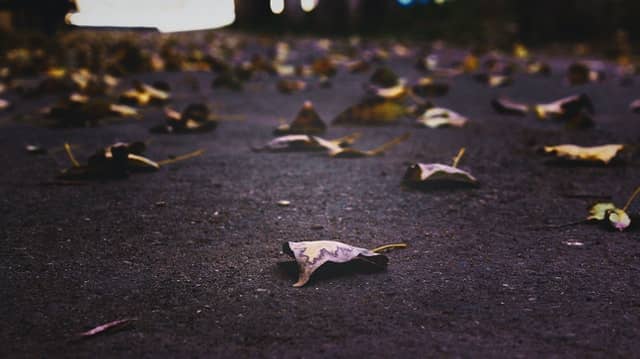
Julia Alvarez’s “Exile” is about the poet’s departure from her country (Dominican Republic) due to her father’s involvement in the plot against Rafael Trujillo.
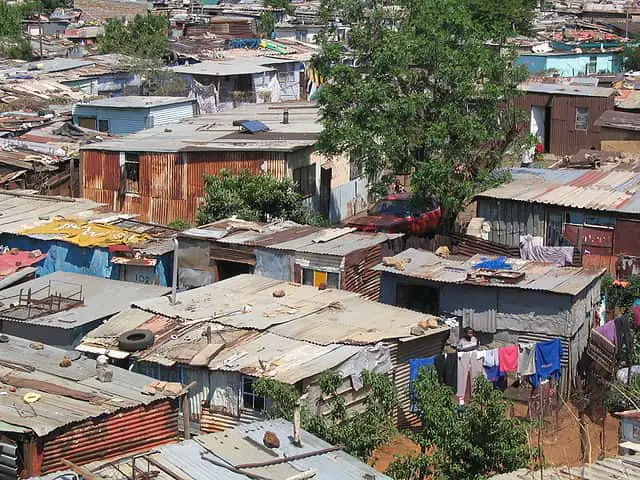
Kelwyn Sole’s poem “Housing Targets” is all about the real picture of South Africa and the so-called promise of proper housing for all.
![Analysis of [little tree] by E. E. Cummings Featured Image](https://poemotopia.com/wp-content/uploads/2021/10/Analysis-of-little-tree-by-E.-E.-Cummings-Featured-Image.jpg)
“[little tree]” appears in Cummings’ The Dial (1920). This piece is addressed to a little Christmas tree, freshly plucked from a forest and brought in a speaker’s place.
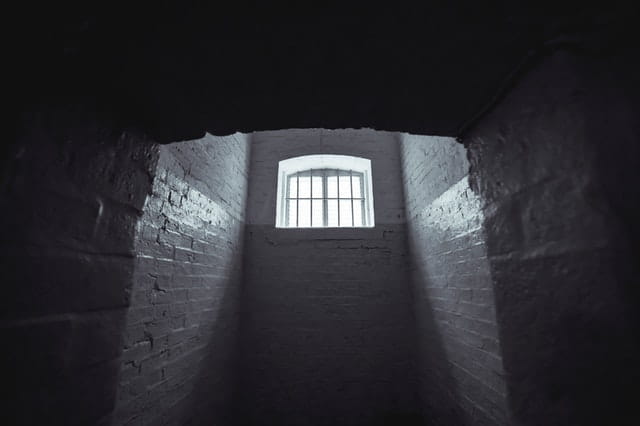
Margaret Atwood’s “Marrying the Hangman” explores the historical story of two residents of New France, Jean Cololère and Françoise Laurent.

Margaret Atwood’s poem “A Sad Child” is a poetic address to children who are sad or feeling discouraged about some unfortunate events.

Margaret Atwood’s ironic poem “The animals in that country” sheds light on the history of Canada from the perspective of a native inhabitant.

“Death of a Young Son by Drowning” appears in Margaret Atwood’s The Journals of Susanna Moodie (1970). It is about a boy’s death by drowning.